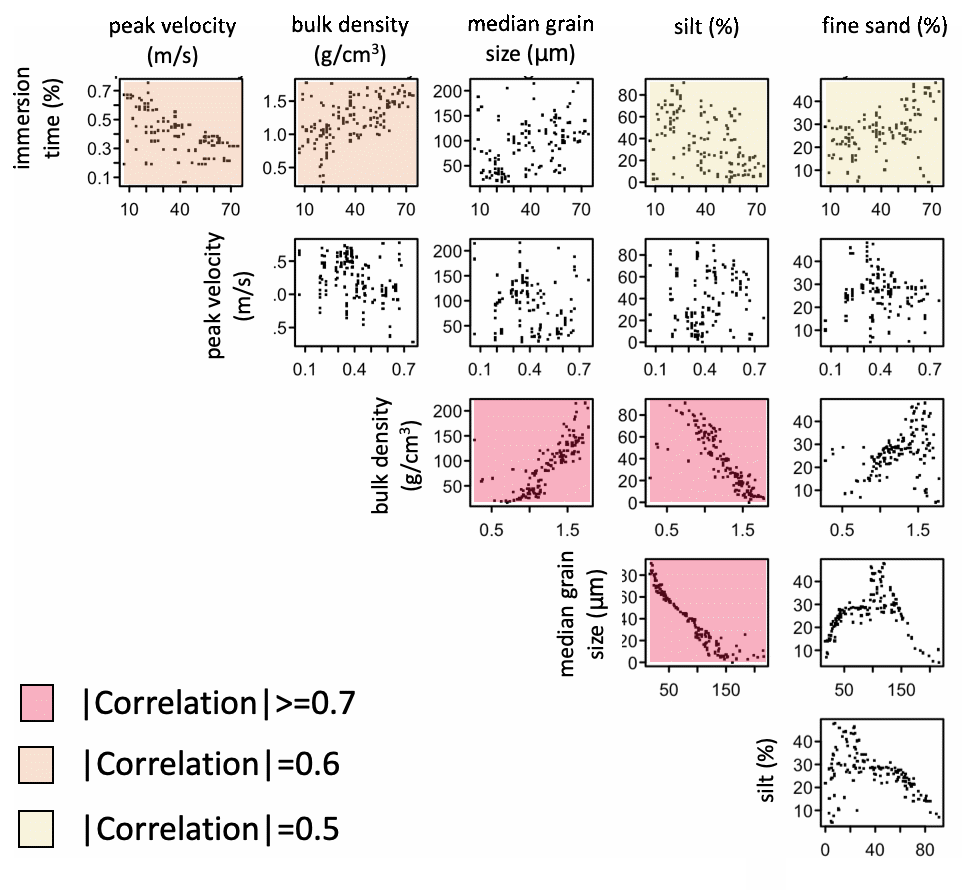Lauren Wiesebron1*, Chiu Cheng2, Lodewijk de Vet3, Brenda Walles2, Tjeerd Bouma1
1 Royal Netherlands Institute for Sea Research
2 Wageningen Marine Research
3 Deltares
*corresponding author:
Introduction
Humans have actively shaped the coastline for thousands of years to suit their needs to the detriment of coastal ecosystems. Recently, managed realignment initiatives have been pursued to help protect against sea level rise, but also to make existing habitat more attractive to macrobenthos which perform vital ecosystem services. In creating or modifying intertidal areas, we can affect the physical characteristics of the ecosystem and trigger a diversification in ecological characteristics. This requires understanding the abiotic and biotic relationships within the intertidal system, and how the physical components drive the biological components.
We present three case studies of habitat modification to increase the intertidal flat's ecological value. In Knuitershoek and Baalhoek, groins were built to reduce the water flow and encourage sediment accretion. In nearby Perkpolder, old farmland was inundated to create a new tidal flat. We analysed the development of these three areas to better understand how hydrodynamics and sediment characteristics drive the benthos communities in managed realignments.
Methods
Extensive monitoring of the developing geomorphology and macrobenthos community was carried out at Knuitershoek, Baalhoek and Perkpolder from 2015 until 2020. In addition, hydrological models were created to show the difference in current velocities before and after the interventions. We used linear models to search for correlations between abiotic characteristics (Figure 1) and multivariate statistical methods to better understand which abiotic characteristics best explained the trajectories of the benthos communities.
Results
Groins at Knuitershoek and Baalhoek lowered current velocities which led to the gradual increase in bed level. The abundance and biomass of the benthic macrofauna at Knuitershoek, Baalhoek, and Perkpolder increased after the interventions. Though the relationships between the abiotic characteristics where similar at the three sites (Figure 1), the composition of the resulting macrobenthos communities differed.

Figure 1: Correlations between hydrology (peak velocity), morphology (immersion time) and sediment (bulk density, median grain size, silt and fine sand components) at the intertidal flats.
I. Surname1*, F.N. Another-Surname2 , Y. Next-Surname2
1 University Name, Country; 2 Organization Name, Country
* Corresponding author: mail.name@organization.org


